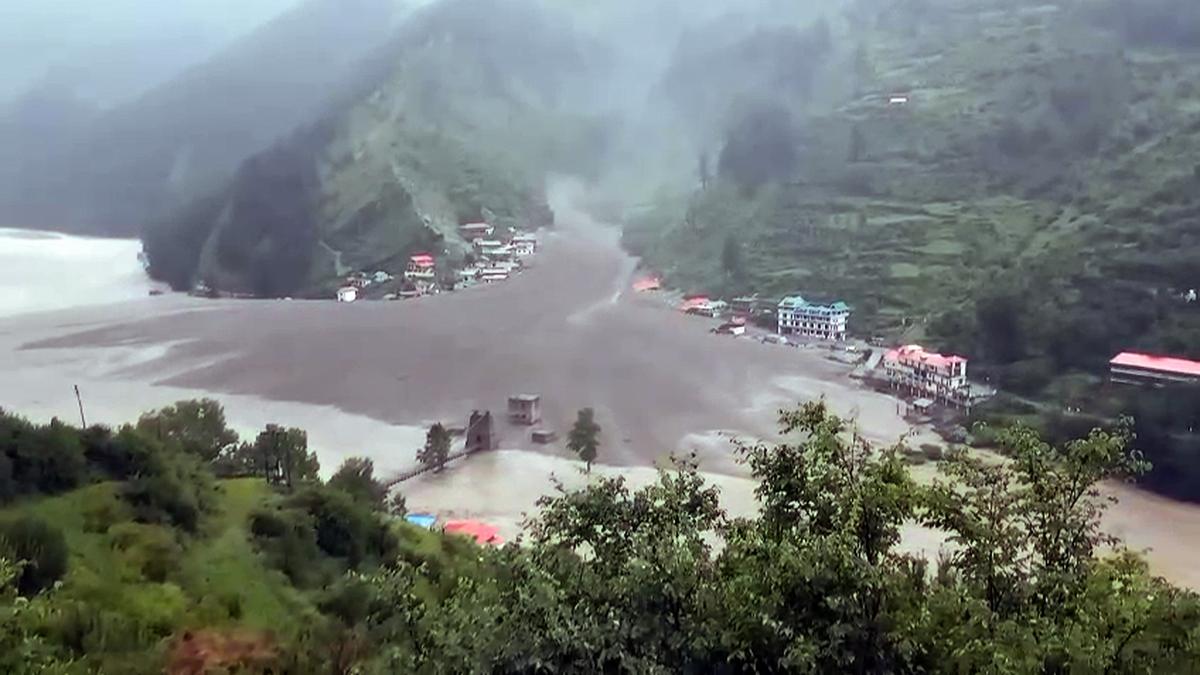Now Reading: Uttarkashi Flash Floods: Cause Remains Unclear Amid Challenging Terrain
-
01
Uttarkashi Flash Floods: Cause Remains Unclear Amid Challenging Terrain
Uttarkashi Flash Floods: Cause Remains Unclear Amid Challenging Terrain

Rapid Summary
- Heavy rains in Uttarkashi, Uttarakhand triggered flash floods and debris avalanches in Dharali village; the exact cause remains uncertain.
- Rescue operations are ongoing, delaying scientific investigations into the disasterS origins.
- IMD data suggests no cloudburst occurred during August 3-5 but points to “extremely heavy rainfall” as a probable cause. Experts theorize glacier lake overflow or landslide due to accumulated debris might be factors.
- uttarakhand’s weather data showed significant rainfall across multiple locations: Haridwar (30 cm), Narendranagar (17 cm), Rishikesh (14 cm), and others-details unclear on short duration vs averaged day-long accumulation.
- Satellite imagery analyses by Suhora Technologies indicate no evidence of glacier lake overflow upstream but suggest rainfall as a possible trigger.Causes remain under inquiry via satellites and remote sensing technologies coordinated by NDMA.
- Experts highlight climate change’s worsening role in extreme monsoon events leading to flash floods, with India’s mountainous regions increasingly vulnerable due to inadequate real-time weather monitoring systems like Doppler Radar coverage for upper Himalayas.
Indian Opinion Analysis
The recent flash flood incidents in Uttarkashi underscore the mounting challenges posed by climate change-induced extreme weather patterns. Poor instrument coverage over vast Himalayan areas hampers accurate forecasting capabilities like detecting cloudbursts, leaving authorities reliant on post-event analysis-often to late for effective disaster response. this gap highlights an urgent need for improved early warning systems using tech advancements such as Doppler radars and accessible automatic weather stations.
additionally, while local terrain specifics accelerated devastation, broader trends such as warmer atmospheres fueling intense storms make these occurrences likely more frequent without mitigating interventions targeting land management and climate resilience planning. Strengthening surveillance infrastructure coupled with robust scientific investigations could enhance both preparedness and risk reduction frameworks across vulnerable areas nationwide.

























